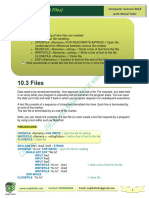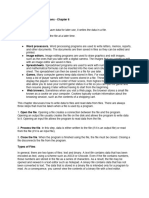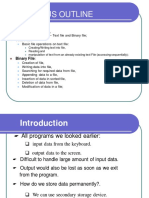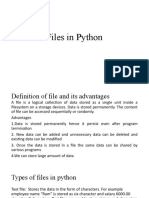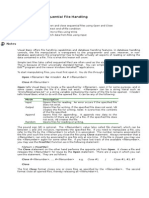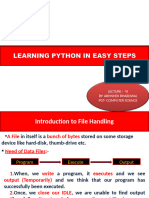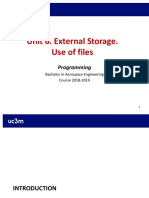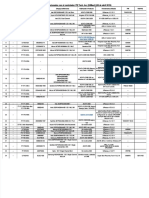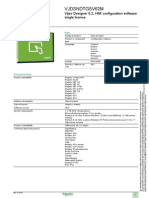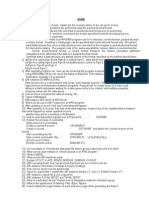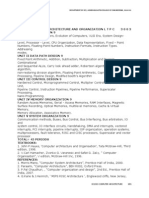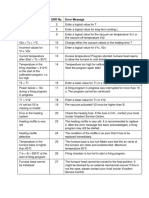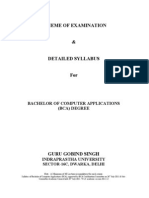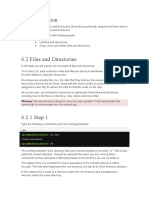0% found this document useful (0 votes)
5 views15 pages10.3 Files: Paper 2: Fundamental Problem-Solving and Programming Skills 10 Data Types and Structures
Notes
Uploaded by
ihoh90xCopyright
© © All Rights Reserved
We take content rights seriously. If you suspect this is your content, claim it here.
Available Formats
Download as PDF, TXT or read online on Scribd
0% found this document useful (0 votes)
5 views15 pages10.3 Files: Paper 2: Fundamental Problem-Solving and Programming Skills 10 Data Types and Structures
Notes
Uploaded by
ihoh90xCopyright
© © All Rights Reserved
We take content rights seriously. If you suspect this is your content, claim it here.
Available Formats
Download as PDF, TXT or read online on Scribd
/ 15
